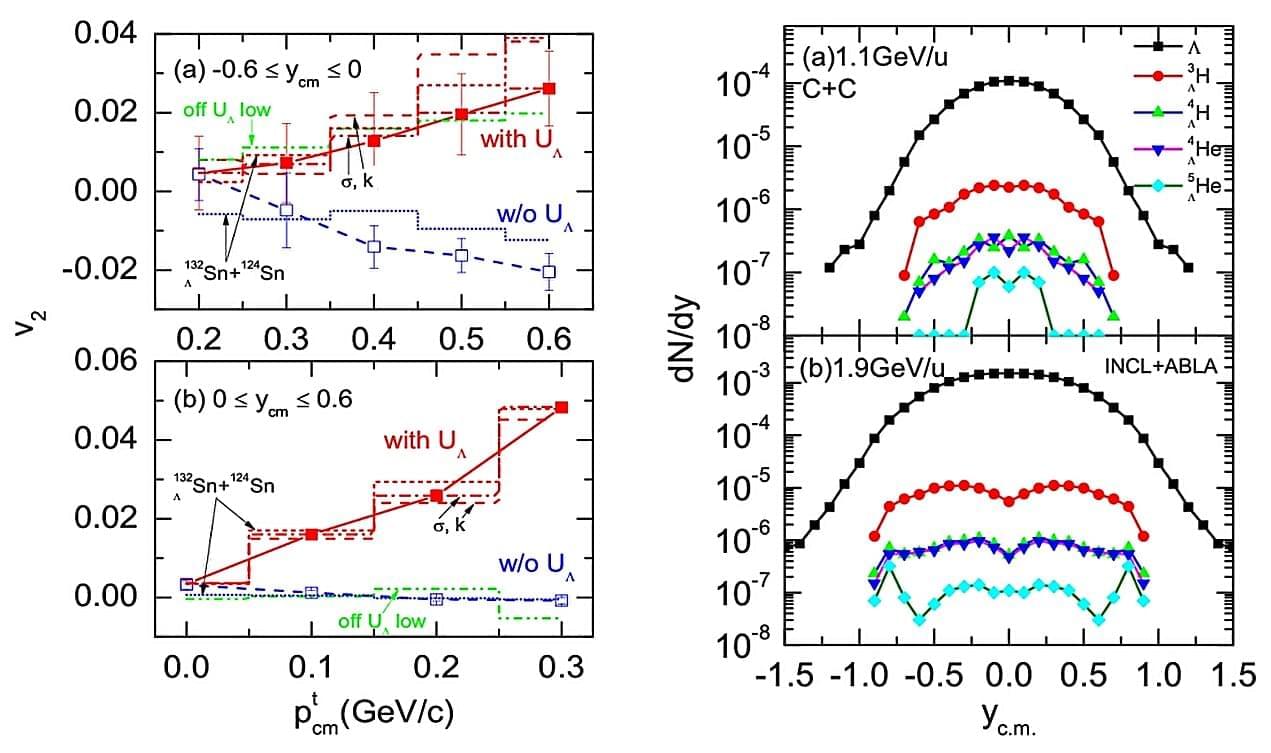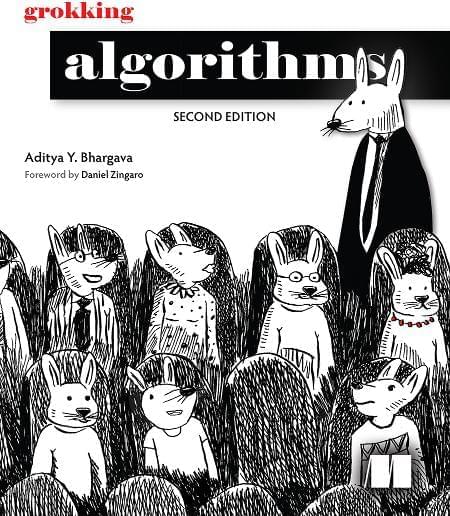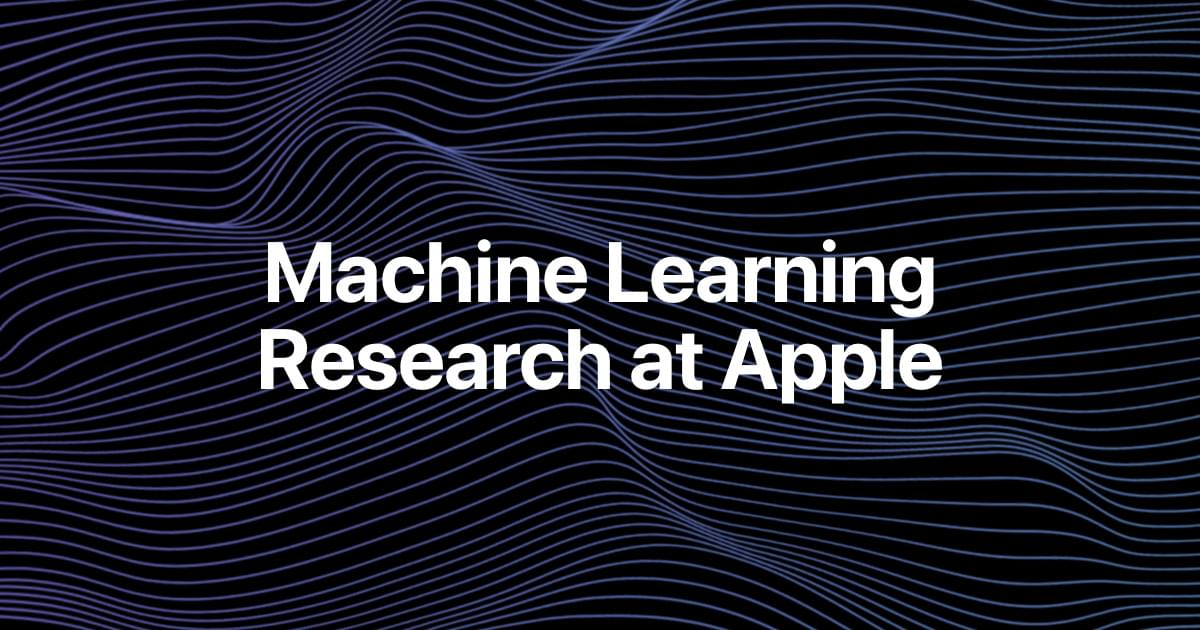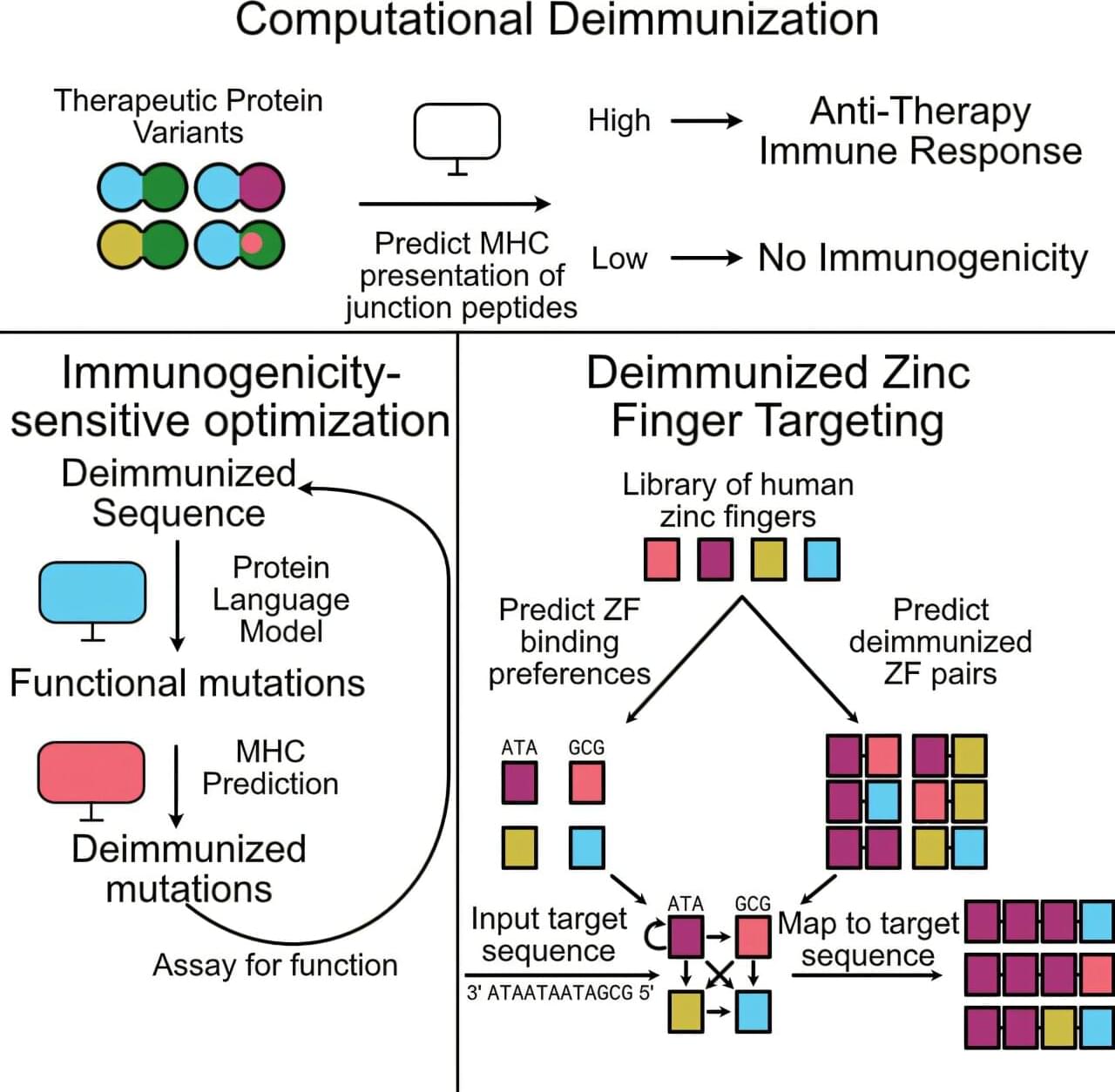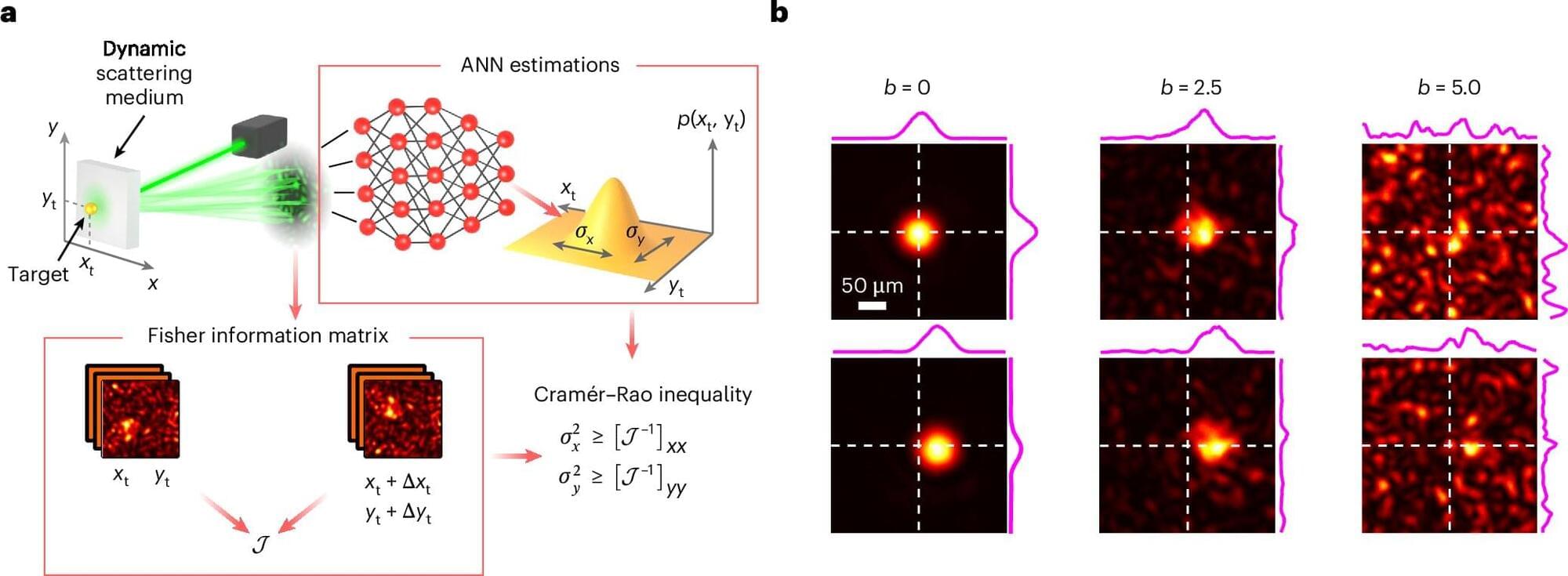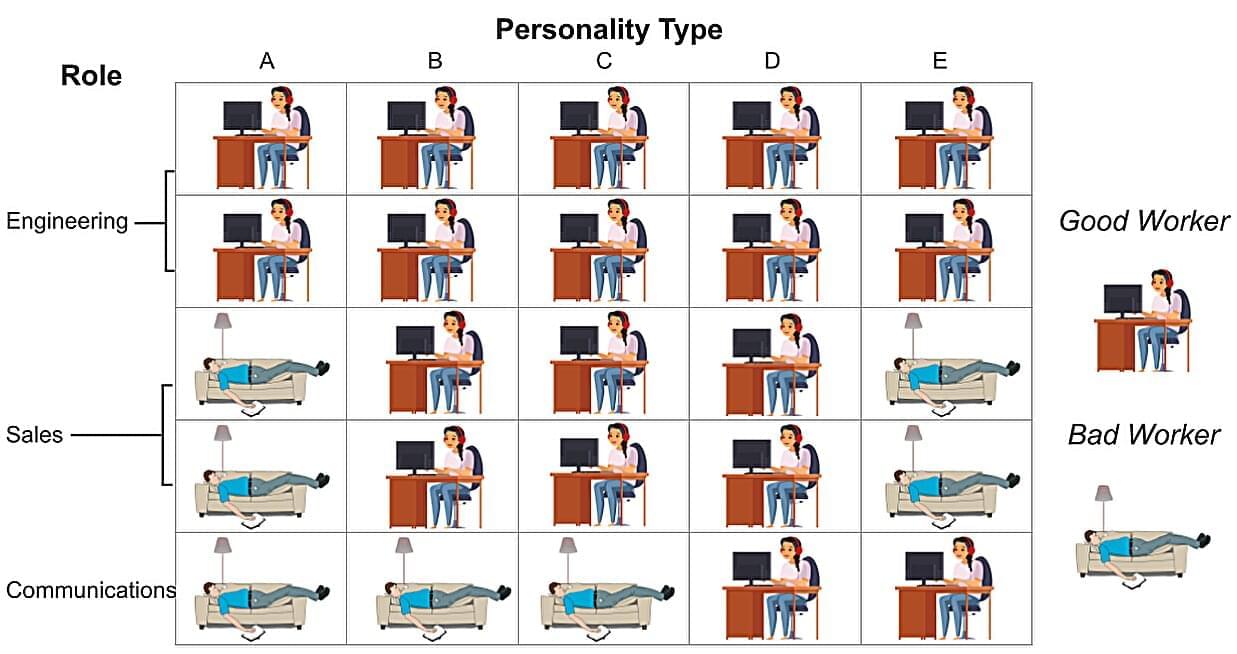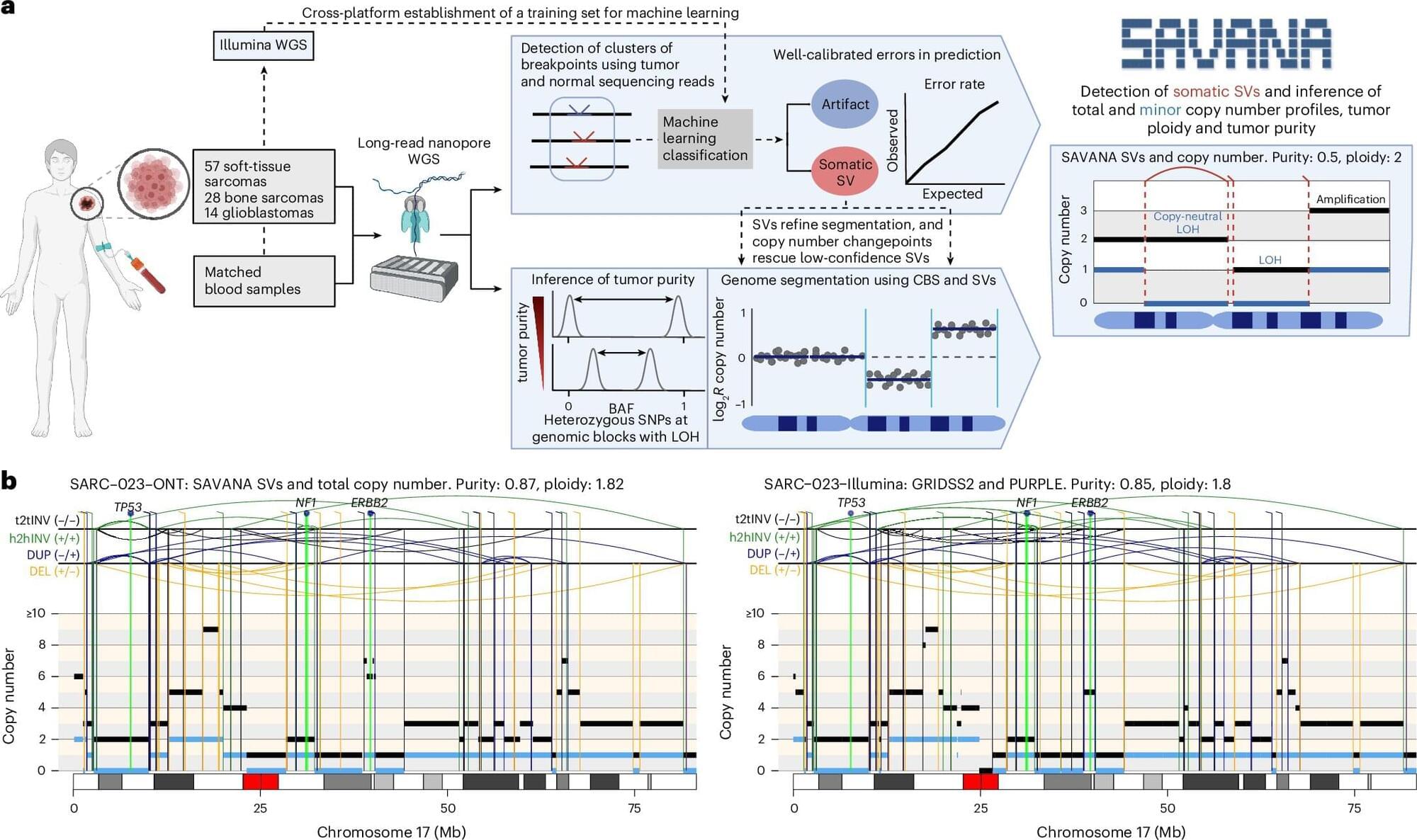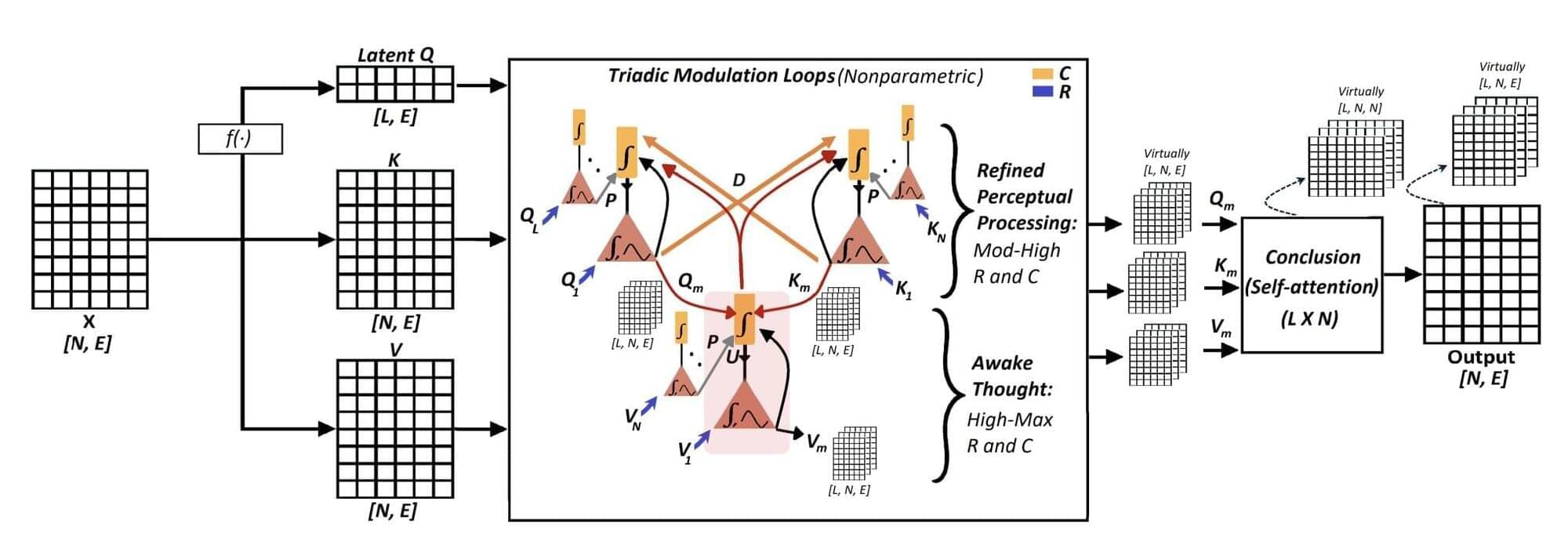A research team led by Prof. Yong Gaochan from the Institute of Modern Physics (IMP) of the Chinese Academy of Sciences has proposed a novel experimental method to probe the hyperon potential, offering new insights into resolving the longstanding “hyperon puzzle” in neutron stars. These findings were published in Physics Letters B and Physical Review C.
According to conventional theories, the extreme densities within neutron stars lead to the production of hyperons containing strange quarks (e.g., Λ particles). These hyperons significantly soften the equation of state (EoS) and reduce the maximum mass of neutron stars. However, astronomical observations have discovered neutron stars with masses approaching or even exceeding twice that of the sun, contradicting theoretical predictions.
Hyperon potential refers to the interaction potential between a hyperon and a nucleon. Aiming to resolve the “neutron star hyperon puzzle,” the study of hyperon potential has emerged as a frontier topic in the interdisciplinary field of nuclear and astrophysics. Currently, it is believed that if hyperon potentials exhibit stronger repulsion at high densities, they could counteract the softening effect of the EoS, thereby allowing massive neutron stars to exist.
